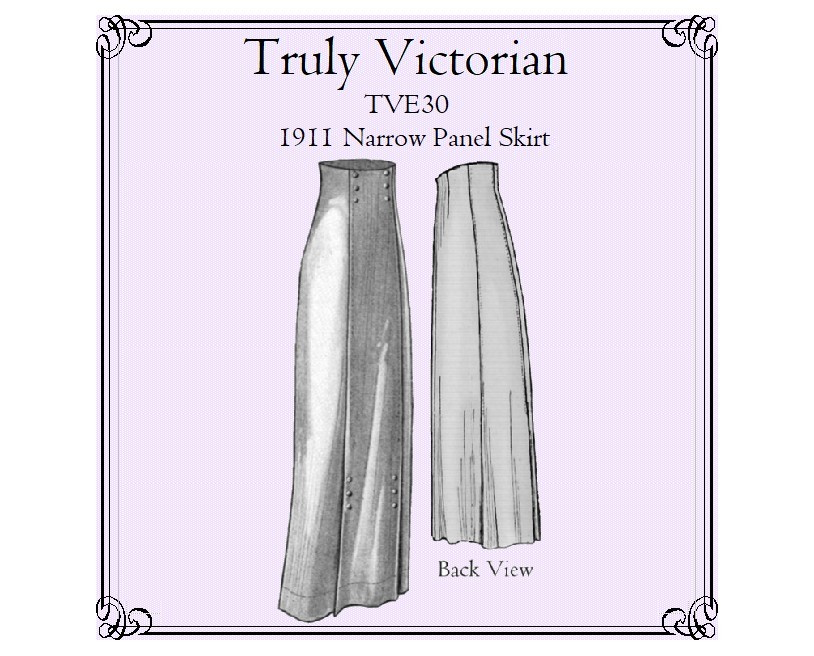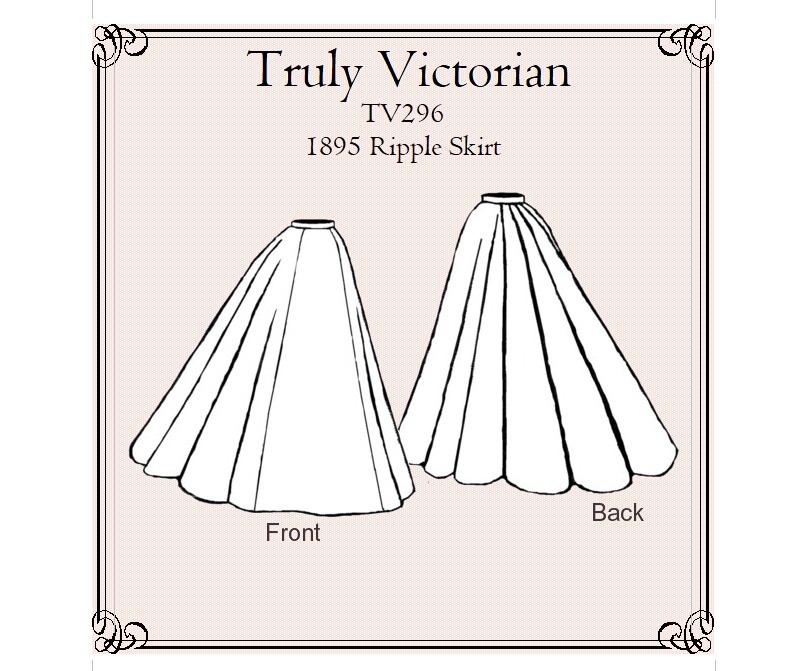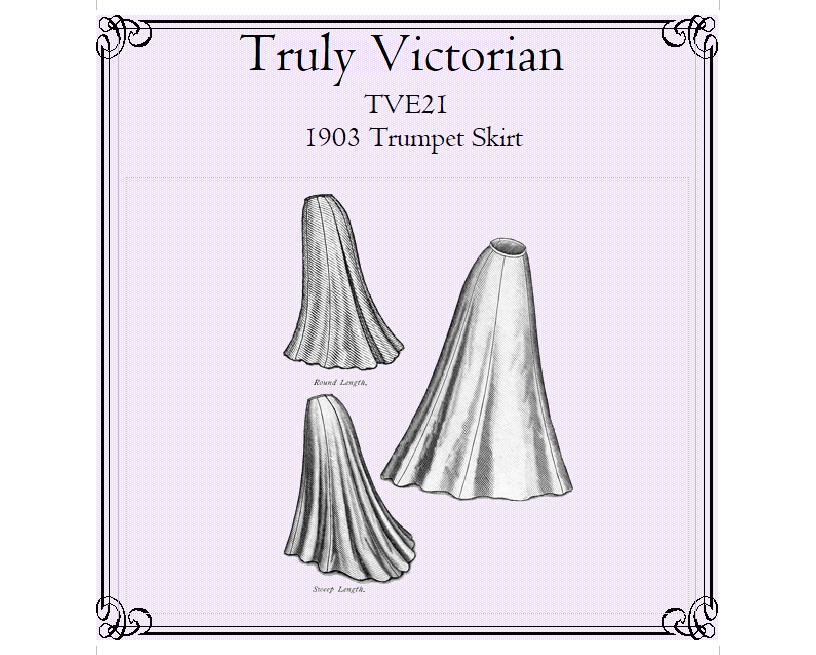Victorian Skirt Styling Secrets for a Timeless Elegant Look
Fashion cycles may revolve, but the Victorian skirt remains an unwavering emblem of grace and sophistication. Its structured silhouette, intricate details, and historical resonance offer a unique opportunity to cultivate an aesthetic that transcends fleeting trends. By understanding its design principles and adapting them to contemporary contexts, you can harness this garment’s power to express individuality while honoring sartorial heritage.
The Historical Foundation of the Victorian Silhouette
Emerging during Queen Victoria’s reign (1837–1901), the Victorian skirt evolved through distinct phases—from the bell-shaped crinoline of the 1850s to the bustle-backed styles of the 1880s. According to the Fashion Institute of Technology’s archives, these designs were not merely decorative; they reflected societal values, technological advancements like the sewing machine, and women’s evolving roles. The exaggerated hips and cinched waists created an hourglass figure, idealized as the pinnacle of femininity and elegance. This silhouette persists in modern fashion because it manipulates proportions in a universally flattering way, emphasizing curves while maintaining vertical balance. When you wear a reproduction or inspired piece, you are engaging with a narrative of resilience and artistry—each layer symbolizing the meticulous craftsmanship that defined the era.

Deconstructing Key Elements: Structure and Fabric
At its core, a Victorian skirt relies on foundational garments and material choices to achieve its shape. Historically, layers of petticoats, crinolines (hoop frames), or bustles provided volume, while fabrics like silk taffeta, wool broadcloth, or cotton muslin offered durability and drape. As costume historian Dr. Valerie Steele notes in her book “The Corset: A Cultural History,” these elements worked synergistically to create harmony between body and garment. Today, modern materials such as cotton blends or synthetic brocades mimic historical textures affordably, but investing in natural fibers enhances authenticity and comfort. The weight and weave of the fabric determine how the skirt moves—stiffer materials hold sharp folds for dramatic effect, while softer ones flow gracefully. Understanding this interplay allows you to select pieces that align with your lifestyle; for instance, a cotton day dress skirt for casual elegance or a silk ballgown skirt for formal events.
Bold Emphasis on Waist Definition
No Victorian ensemble is complete without accentuating the waist, a practice rooted in physiological and cultural ideologies. Corsetry, though controversial, was central to achieving the period’s coveted silhouette by reducing the waist measurement and supporting the skirt’s weight. Contemporary adaptations favor comfort without sacrificing aesthetics: wide cummerbunds, tailored high-waisted designs, or layered bodices create similar definition. As YouTube historical costumer Bernadette Banner explains, “The waist acts as an anchor point, distributing visual weight evenly between the voluminous skirt and fitted bodice.” This technique remains relevant because it elongates the torso and highlights natural curves, offering a universally slimming effect. Whether through a patterned sash or a structured belt, emphasizing this focal point ensures your outfit echoes Victorian precision while accommodating modern mobility.

Modern Adaptations: Blending Eras with Intention
Integrating a Victorian skirt into contemporary wardrobes requires strategic pairing to avoid costume-like appearances. Start by balancing proportions—team a full skirt with a sleek turtleneck or tailored blazer to offset its volume, echoing advice from fashion platforms like Vogue’s “History Meets Modernity” editorials. Footwear also plays a crucial role; ankle boots or block heels ground the look better than delicate period shoes. Accessories should bridge eras: delicate chokers nod to Victorian mourning jewelry, while minimalist clutches maintain modernity. Additionally, consider color palettes; muted tones like burgundy, olive, or cream retain historical authenticity without overwhelming modern settings. This approach aligns with Quora style experts’ consensus that successful vintage fusion respects both periods’ essences rather than replicating one entirely. By editing elements thoughtfully, you create a dialogue between past and present that feels both personal and polished.

Cultural Resonance and Personal Expression
Beyond aesthetics, the Victorian skirt carries cultural weight that can enrich your stylistic narrative. Literature from the era—such as Jane Austen’s novels (though pre-Victorian, they influenced subsequent fashion) or Charles Dickens’ descriptions—often used clothing to symbolize character traits like morality or social status. Today, wearing such pieces can be an act of reclaiming narratives; for example, embracing the bustle’s boldness might reflect confidence, while opting for simpler lines echoes Victorian practicality. Social media influencers like @victorian_enthusiast on Instagram demonstrate how these garments empower wearers to challenge fast fashion norms by prioritizing longevity and artistry. Moreover, academic sources like Oxford University’s fashion studies journals note that historical dress fosters mindfulness about consumption—a timely value given sustainability movements. Thus, your choice to incorporate this style is not just about beauty but also about aligning with deeper values of intentionality and self-expression.
Practical Tips for Acquisition and Care
To build a collection authentically yet affordably, explore specialized retailers like Truly Victorian or Victorian Choice, which offer patterns and ready-made items often discounted during seasonal sales—typically 15-20% off. For example, a basic skirt pattern might retail for $25 but drop to $20 during promotions, while fabrics from stores like Mood Fabrics can be sourced under $15/yard. Care is paramount; dry cleaning preserves delicate trims, while storing in breathable garment bags prevents fiber degradation. Remember, investing in a few high-quality pieces surpasses accumulating cheap imitations; as couturier Christian Dior once remarked,
“Without foundations, there can be no fashion.”
This philosophy applies directly to maintaining your Victorian-inspired wardrobe—mend tears promptly, avoid overwashing, and use padded hangers to retain shape. Such practices ensure your garments endure as heirlooms rather than fleeting trends.

Ultimately, mastering Victorian skirt styling is an invitation to slow down and appreciate craftsmanship—to wear history with pride and innovation. Let each fold and seam remind you that elegance is not outdated but reimagined through your unique lens.






